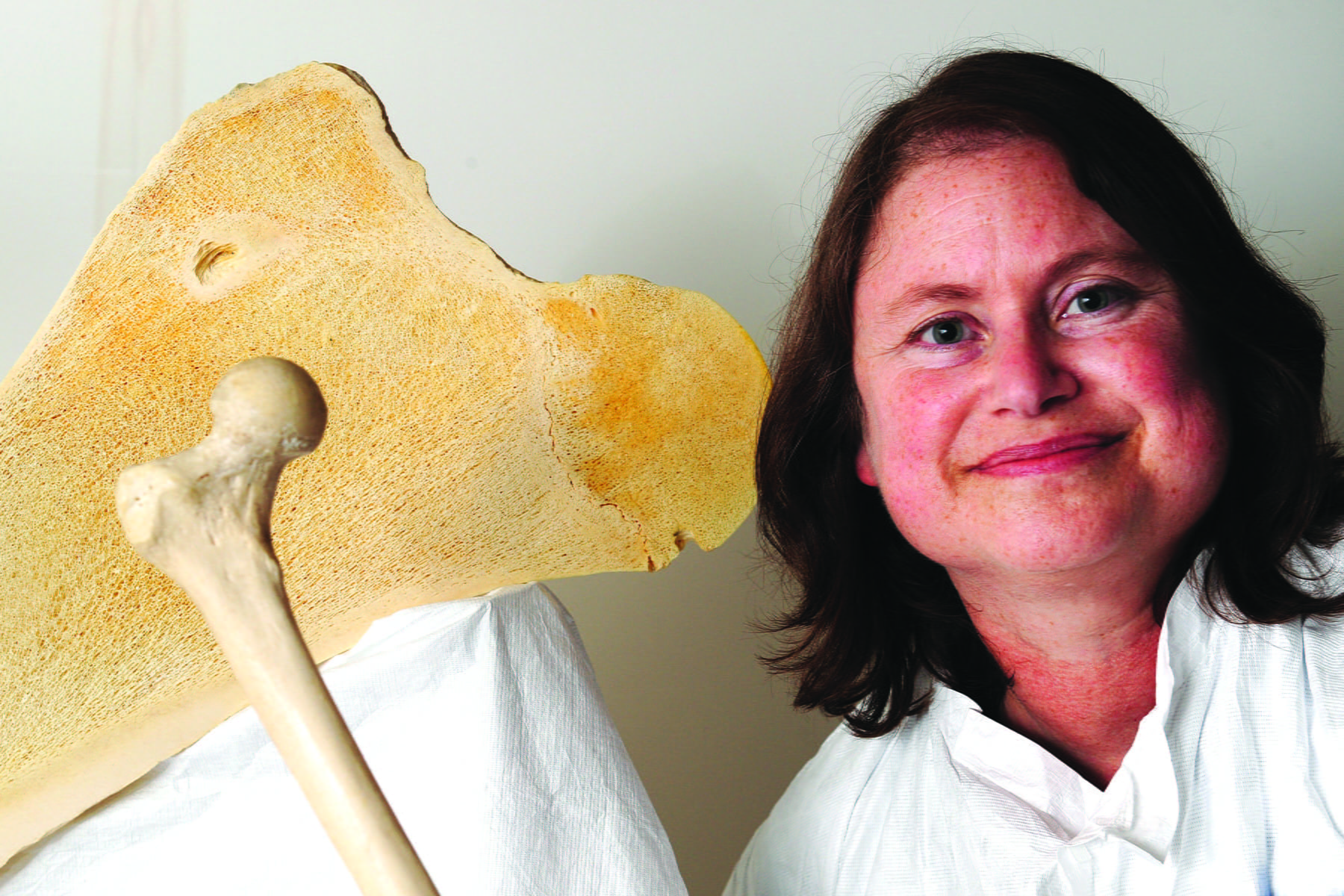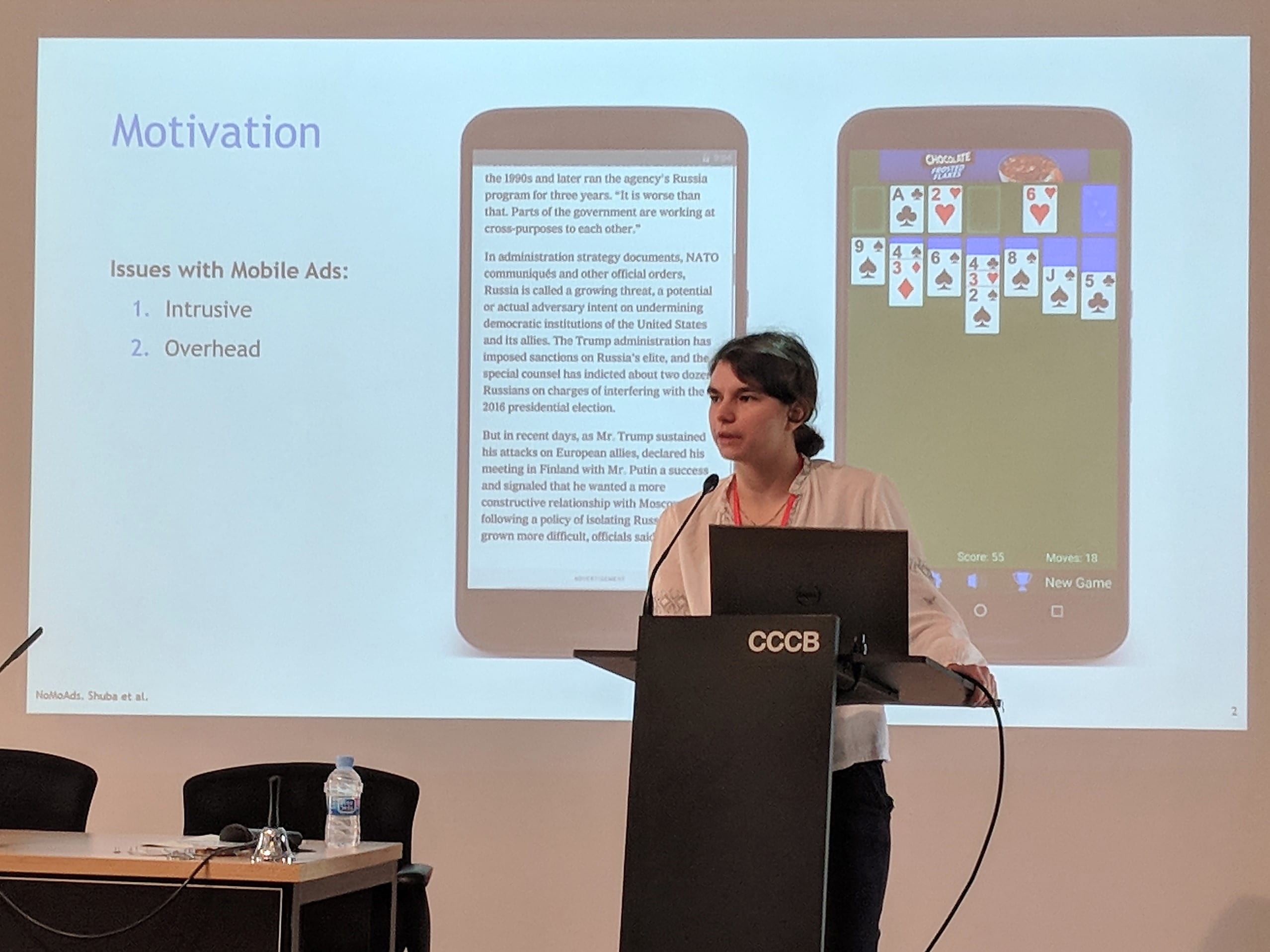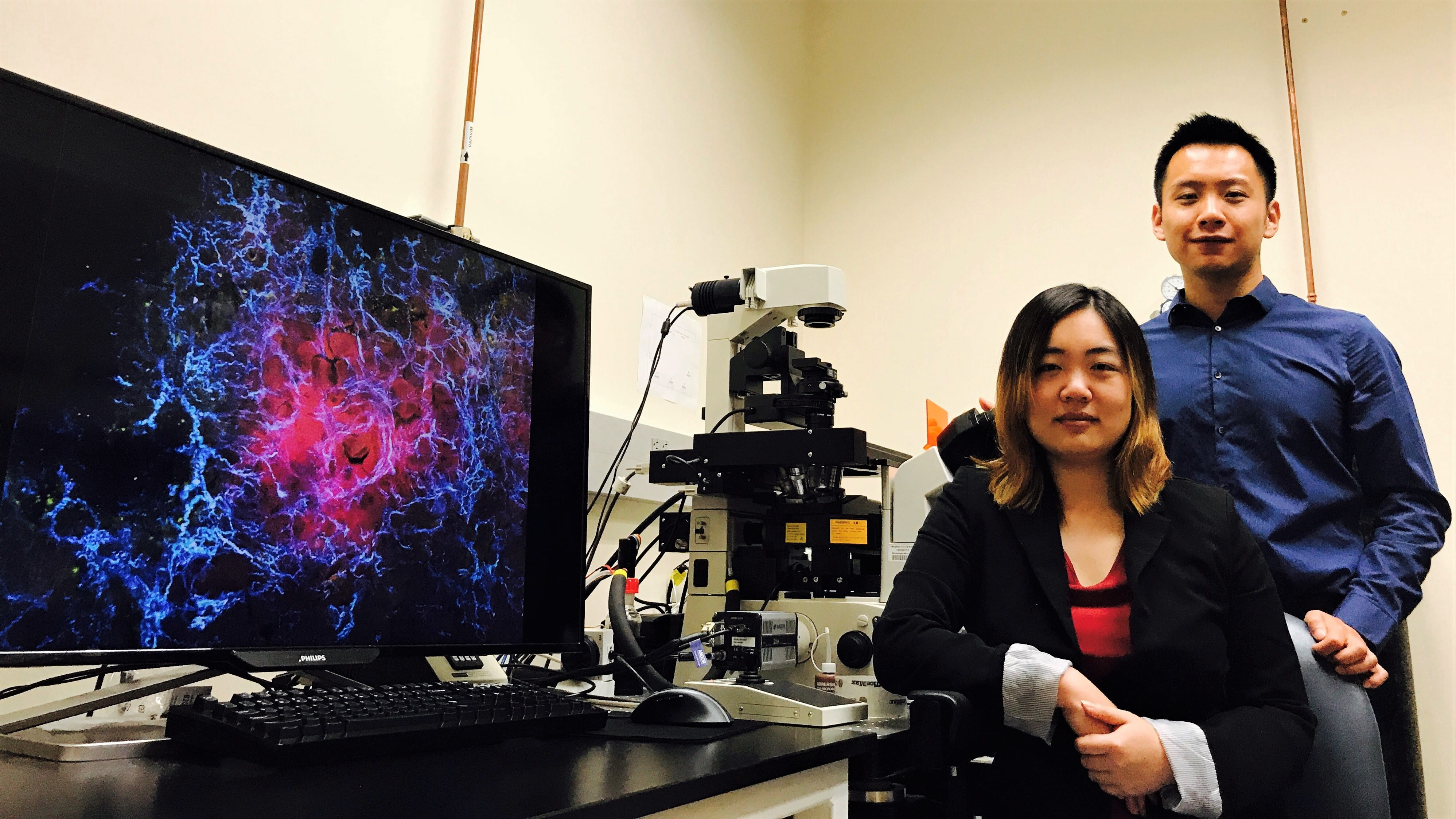Radioactive bone cement found to be safer in treating spinal tumors
UCI-led project may provide alternative to conventional radiation therapy

Irvine, Calif., Feb. 16, 2021 — A radioactive bone cement that’s injected into bone to provide support and local irradiation is proving to be a safer alternative to conventional radiation therapy for bone tumors, according to a study led by University of California, Irvine researchers.
The study shows that this brachytherapy cement can be placed into spinal bones to directly irradiate tumors without harming the spinal cord, and the radioactive material will stay localized in the bones, which promises to virtually eliminate side effects.
Lead researcher Joyce Keyak, UCI professor of radiological sciences, presented the results at the 2021 annual meeting of the Orthopaedic Research Society, which was held virtually Feb. 12-16.
Cancers that begin in the breast, prostate, lung, thyroid, kidney and other locations can spread to and erode bones, most commonly in the spine. Further complicating matters, normal radiation treatments for this problem can threaten the spinal cord and weaken the bones already compromised by the tumor’s erosion, increasing the risk of fracture.
Currently, multiple sessions of external beam radiation are used to treat cancer that has spread to the spine. This radiation causes unpleasant side effects (nausea, vomiting and diarrhea) and passes through the spinal cord, which often delays and limits treatment.
“Brachytherapy cement could be used without delay in a convenient, one-step, minimally invasive treatment to irradiate tumors,” Keyak said, “and would not irradiate the spinal cord or limit future treatment options.”
In animal and computational studies, the researchers evaluated the short-term safety of injecting brachytherapy cement into vertebrae; the possible migration of radioactivity into blood, urine or feces; the dose rate outside the injection site; and the radiation dose from phosphorus-32 emissions to the spinal cord and soft tissue.
At 17 weeks post-injection, physical examinations were all normal and no activity was detected in blood, urine or feces. The researchers found no evidence of the P-32 isotope in the circulating blood, no changes in blood work related to radioactivity and no neurological deficits.
“This localized treatment for bone tumors stays localized, and we did not see any effects outside the bone,” Keyak said. “This is important because traditional radiation therapy causes adverse effects such as nausea, vomiting and diarrhea.”
Bringing brachytherapy bone cement into being
Keyak and Dr. Harry Skinner, an orthopedic surgeon with St. Jude Heritage Medical Group, created the brachytherapy cement by infusing a common product of their trade, bone cement, with radioactive material already used in other treatments.
The brachytherapy bone cement does not have the same side effects as traditional radiation therapy, Keyak noted, because the injection directly targets the tumor and radiation doesn’t pass through other organs, such as the intestines or stomach. Previous studies also revealed that it can immediately reduce pain in the spine, potentially getting patients off strong painkillers that could carry additional side effects.
Normally, a bone cancer patient needs 10 or more sessions of radiation therapy. But with the brachytherapy bone cement, Keyak said, a single injection can provide an equivalent, targeted tumor treatment with significantly less threat to the spinal cord and nerves.
“You can have this procedure and be done with it,” she said. “And you can do it when tumors are smaller to prevent further bone and spinal cord damage, while limiting the pain and side effects that patients often feel.”
Keyak and Skinner have started a company, Bone-Rad Therapeutics, for their product and have licensed its intellectual property (four patents and one pending patent).
The next step, Keyak said, will be more animal studies, followed by an application for a clinical trial.
Mando Eijansantos, Katherine Rosecrance, Daniel Wong, Sayeh Feizi, Pranav Peddinti, Aleen Meldosian and Varun Sehgal of UCI and Clifford Les of Pedicaris Research in Birmingham, Michigan, also participated in the research.
About the University of California, Irvine: Founded in 1965, UCI is the youngest member of the prestigious Association of American Universities and is ranked among the nation’s top 10 public universities by U.S. News & World Report. The campus has produced three Nobel laureates and is known for its academic achievement, premier research, innovation and anteater mascot. Led by Chancellor Howard Gillman, UCI has more than 36,000 students and offers 222 degree programs. It’s located in one of the world’s safest and most economically vibrant communities and is Orange County’s second-largest employer, contributing $7 billion annually to the local economy. For more on UCI, visit www.uci.edu
Media access: Radio programs/stations may, for a fee, use an on-campus ISDN line to interview UCI faculty and experts, subject to availability and university approval. For more UCI news, visit wp.communications.uci.edu. Additional resources for journalists may be found at communications.uci.edu/for-journalists.


